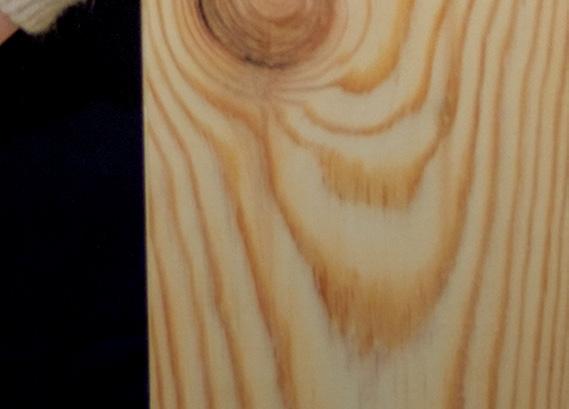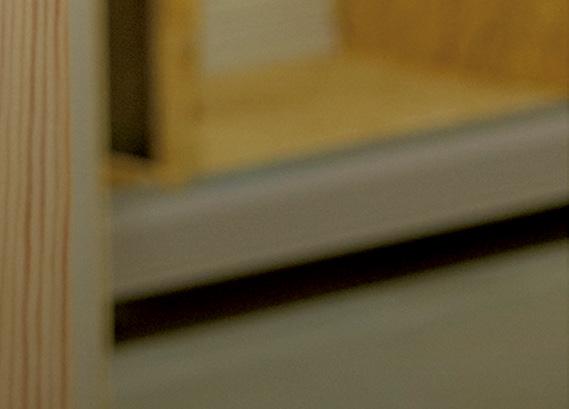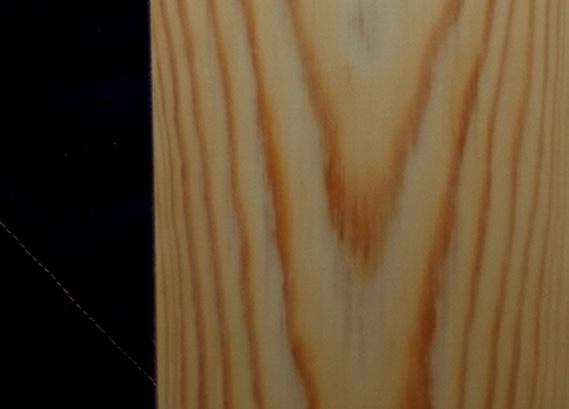
8 minute read
Treated Wood and Tackling Climate Change
The Wood Protection Association (WPA) believes that making the most of wood to tackle climate change goes ‘hand in glove’ with making the most of wood protection technology. WPA Chief Executive Gordon Ewbank explains why.
here is an urgent need for government to get to grips with T setting out a plan on how its zero carbon commitment can be achieved. Wood’s sustainability, carbon storage ability, low-embodied energy production and sheer versatility make it a standout choice as a construction and landscaping material. The ability to enhance its durability and performance using wood protection technologies adds significantly to its versatility and efficiency.
The climate change crisis and depletion of fossil fuels and the raw materials for man-made materials like steel, plastic and concrete is re-focusing government strategy on circular ‘bio-economic’ principles using renewable biological resources. Wood is part of this circular bioeconomy. Unlike man-made materials which are produced from finite raw material sources (once gone they’re gone for good), timber can be harvested indefinitely under sustainable forest management schemes.
The more wood is used the more trees are planted. The benefits to the environment are substantial.
A growing tree absorbs the gas most associated with climate change, carbon dioxide (CO2) and stores it as carbon within its mass while releasing lifegiving oxygen into the atmosphere. When the tree is harvested and converted into a wood product the carbon remains locked in the product for its service life. By extending the service life of wood with a preservative or wood modification process that carbon is stored for a significantly longer time. The most effective way to use treated wood in a CO2 reduction strategy is use it in place of ‘carbon intensive’ materials. The European confederation of woodworking industries, CEI-Bois, has calculated that the substitution of one cubic metre of concrete with the same volume of treated wood will save CO2 emissions to atmosphere by 1.1 tonnes. If this saving is added to the 0.9 tonne of CO2 already locked into the wood, then by substituting treated wood for a man-made material will prevent the emission of 2 tonnes of CO2.
The International Institute for Environment & Development calculated that it would take just a 10% increase in the number of
houses in Europe whose main structural components are wood to reduce CO2 emissions equivalent to around 25% of the global reductions prescribed in the Kyoto Protocol which came into force in
2005. Clearly, the climate crisis has moved on since then but the point about the contribution that wood and long-lasting treated wood can play is still relevant to the binding commitment made by UK under the Paris agreement. A recent study by BRE Centre for Sustainable Products further underlines the value of treated wood in tackling climate change. The study found that a terrace made from preservative impregnated softwood had a global warming potential 200% lower than a terrace made from concrete slabs and 700% lower than composite plastic decking.
MEDITE SMARTPLY is a finalist at the Wood Protection Association Awards
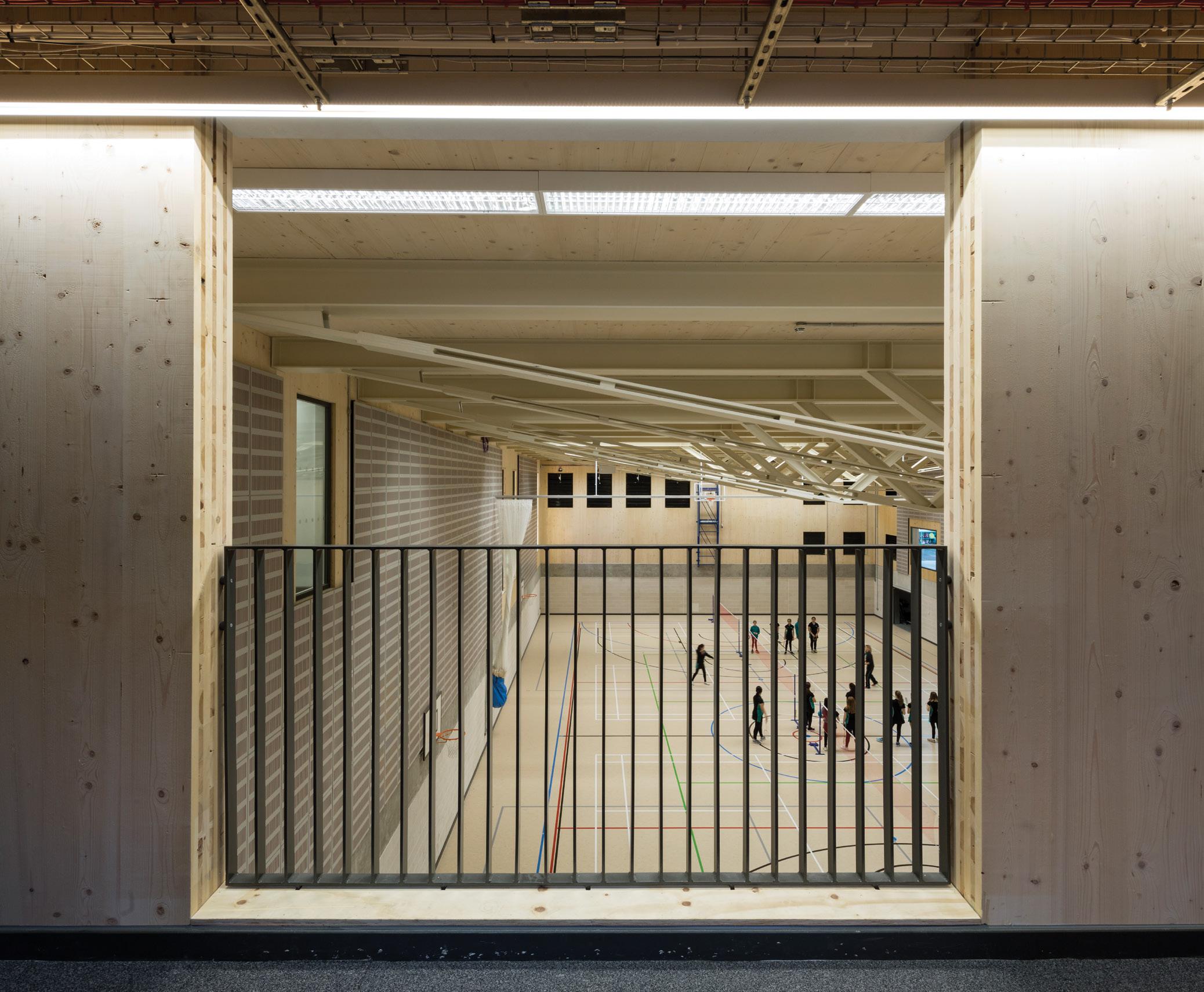
EDITE SMARTPLY was shortlisted in the Project of M the Year category at the annual Wood Protection Association (WPA) Awards. The recent acoustic panel fit-out project at the Stephen Perse Foundation School in Cambridge, UK has been nominated for its use of MEDITE PREMIER FR MDF to create acoustic panels for the new, state-of-the-art sports hall. Approximately 530 MEDITE PREMIER FR panels were installed and were especially chosen for fire performance, acoustic performance, and sustainability. “We were delighted to be nominated in the Project of the Year category at this year’s awards,” says Richard Allen, Sales Director at MEDITE SMARTPLY. “MEDITE PREMIER FR Euroclass B & C are developed specifically for use where a Euroclass B or a Euroclass C flame retardant board is required under building regulations. As this project was located at a school, fire safety is vitally important. We are extremely proud to see what has been achieved with our products and we look forward to contributing to ever more fantastic projects in the future.” Now in its sixth year, the WPA Awards is a popular event, celebrating the amazing achievements in wood protection technology and how it is a vital part of the timber industry. The WPA is a not-for-profit trade association that looks to champion the use of timber as a building material by acting as a technical and advisory body to construction professionals, and by promoting and developing the technology that enhances the performance and value of sustainable softwood products.
The event was originally scheduled for April earlier this year but was pushed back as a result of the pandemic.
The winners were announced live via a virtual ceremony that took place on Thursday 15th October 2020.
More at www.thewpa.org.uk/wpa-2020-awards-conference
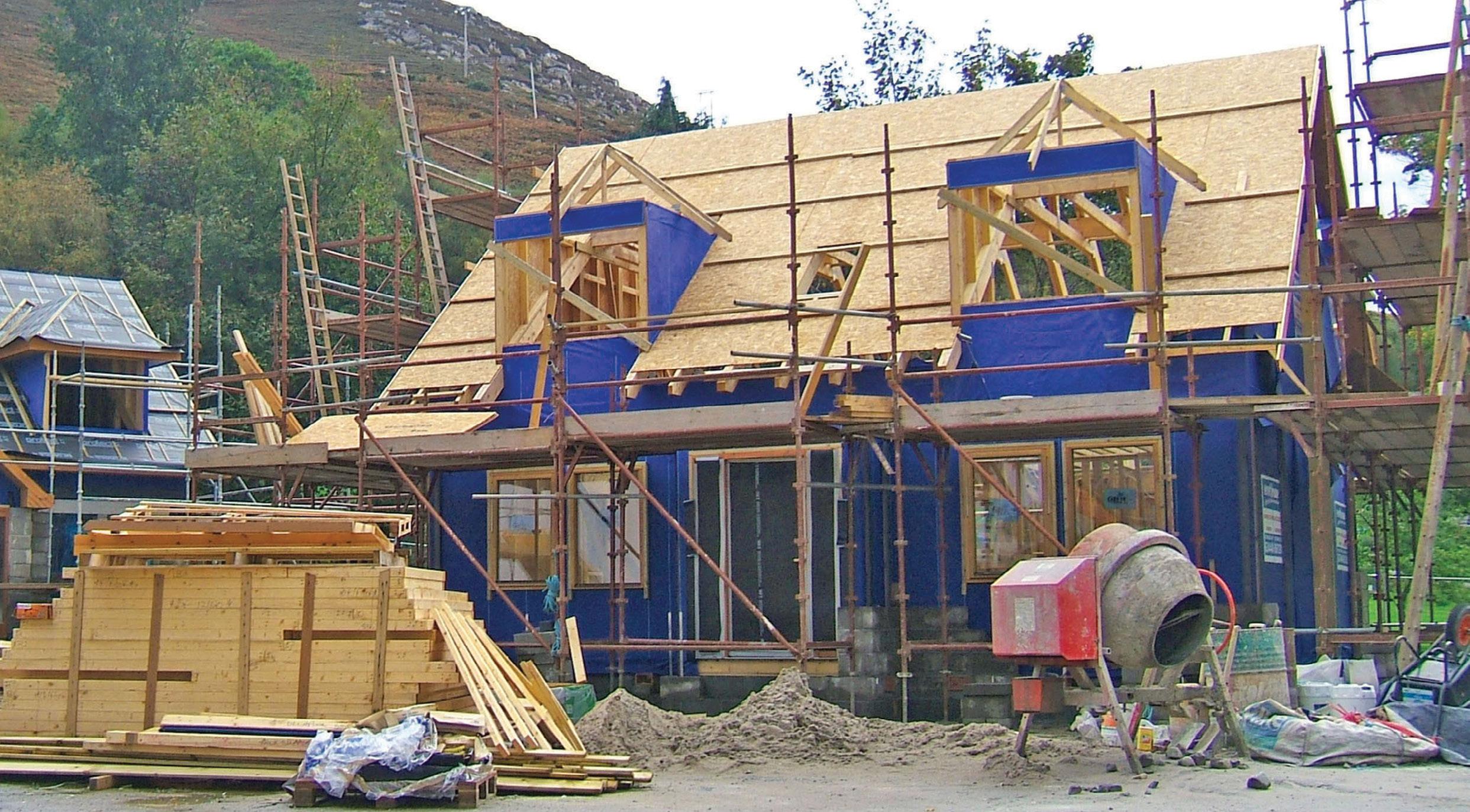
BRE has several publications dealing with how different design and material choices impact the environment such as the influential ‘Green Guide to Specification’ and ‘BREEAM’ the world’s leading sustainability assessment method for infrastructure and buildings. These key documents share some key conclusions about treated wood. The first is that wood protection processes are so insignificant a factor overall as to not alter a functional unit’s environmental impact rating regardless of whether it is treated or not. The second is that the use of chemically treated softwood in both structural and non-structural elements does not undermine the very strong environmental case for using wood in construction. In true circular bio-economic principles, when treated wood products have fulfilled their design service life they can be recovered, recycled into other applications or used in a biofuel plant to generate heat and power.
Weather extremes favour treated wood
A warmer, wetter and more extreme climate for the UK is now inevitable according to Defra’s Climate Projections. An increase in temperature and rainfall will heighten the potential for fungal decay and insect attack in components made from un-treated softwoods of low natural durability. Roofing timbers exposed to wetting from leaks are particularly vulnerable. Almost every stick of softwood currently used in roof construction today is untreated. When it costs just £40 to pre-treat the wood in a typical house, the continued use of unprotected wood seems increasingly unwise.
The Climate Change Act 2008 demands that public and statutory organisations take action to adapt to the more extreme weather patterns predicted by Defra. The British Standards Institution (BSi) has identified thirteen potential climate change impacts on standards that need to be addressed if a building is to have a long and useful life. These impacts will increasingly feed through to materials standards in the construction sector. The good news for wood is that for all end-use applications its durability can be raised using wood protection technology. This will help to deliver climate change objectives and eliminate the cost and environmental impact of remedial treatment, early disposal or replacement part way through a structure’s service life.
Strategic opportunities for treated wood
Preservative pre-treatment and modified wood technologies make it possible to use lower cost, low durability softwoods in a wide range of construction applications that would otherwise not be possible. The use of wood protection technology to deliver products with a predictable service life justifies the use of wood in the face of competition from less sustainable man-made materials.

Until now, wood protection processes have been largely viewed as optional insurance against the risk of wood decay or insect attack. But as the government’s zero carbon strategy begins to gather traction and British Standards take account of climate change predictions, pre-treated wood is likely to become a standard requirement for many timber construction applications. Influencing the Government to include the greater use of wood is now a key priority for the timber industry and WPA is committed to ensuring the benefits of wood
protection technology and treated wood are part and parcel of the UK’s CO2 reduction strategy.
Grow Your Business


Timber Media has launched our e-marketing service for advertisers.
With over 6,000 timber industry business professional contacts, we can send your bespoke, solus e-newsletter to top decision makers in our industry... but be quick, the service is limited to one e-newsletter per week which will be mailed on a Monday to our mailing list.
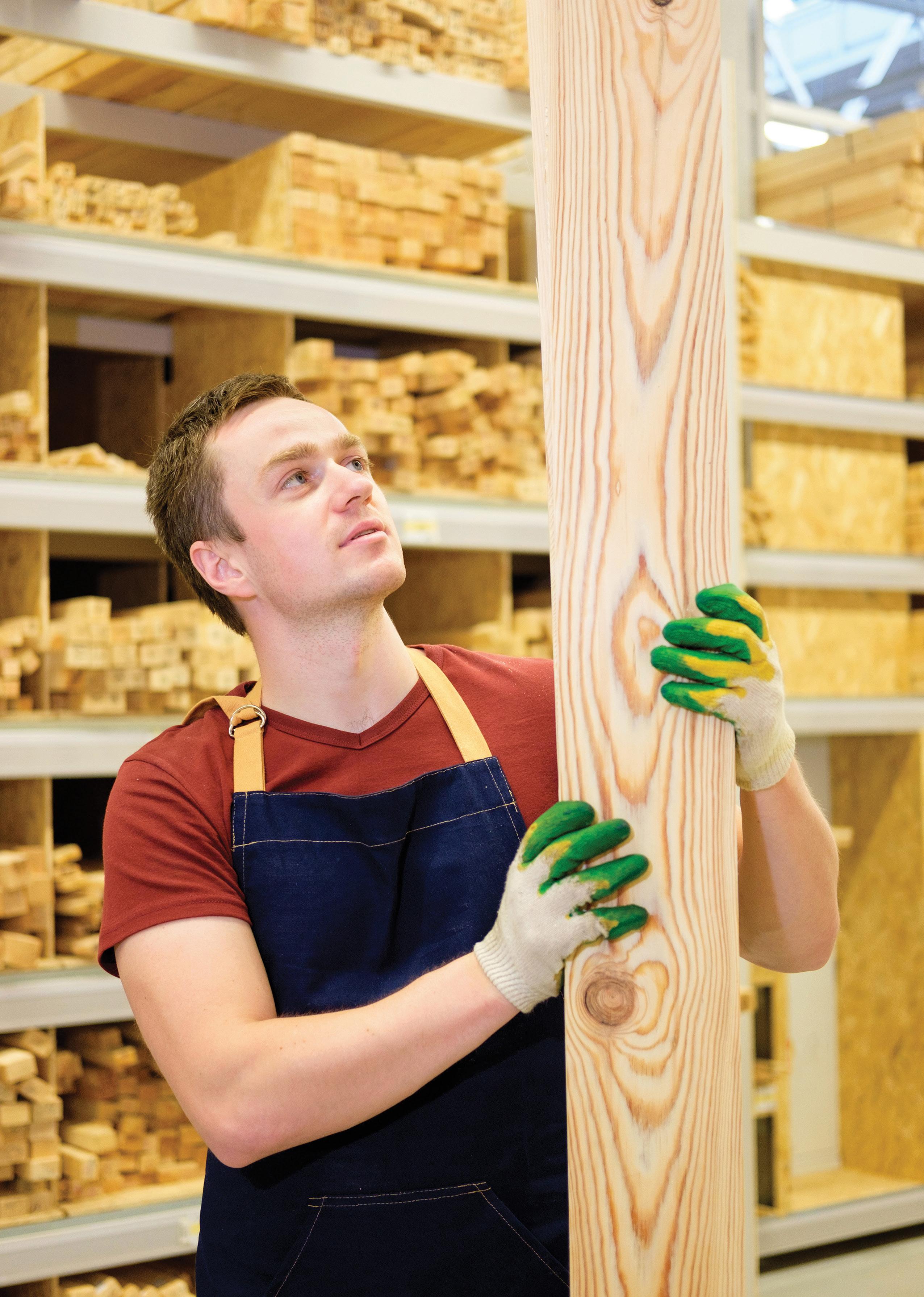
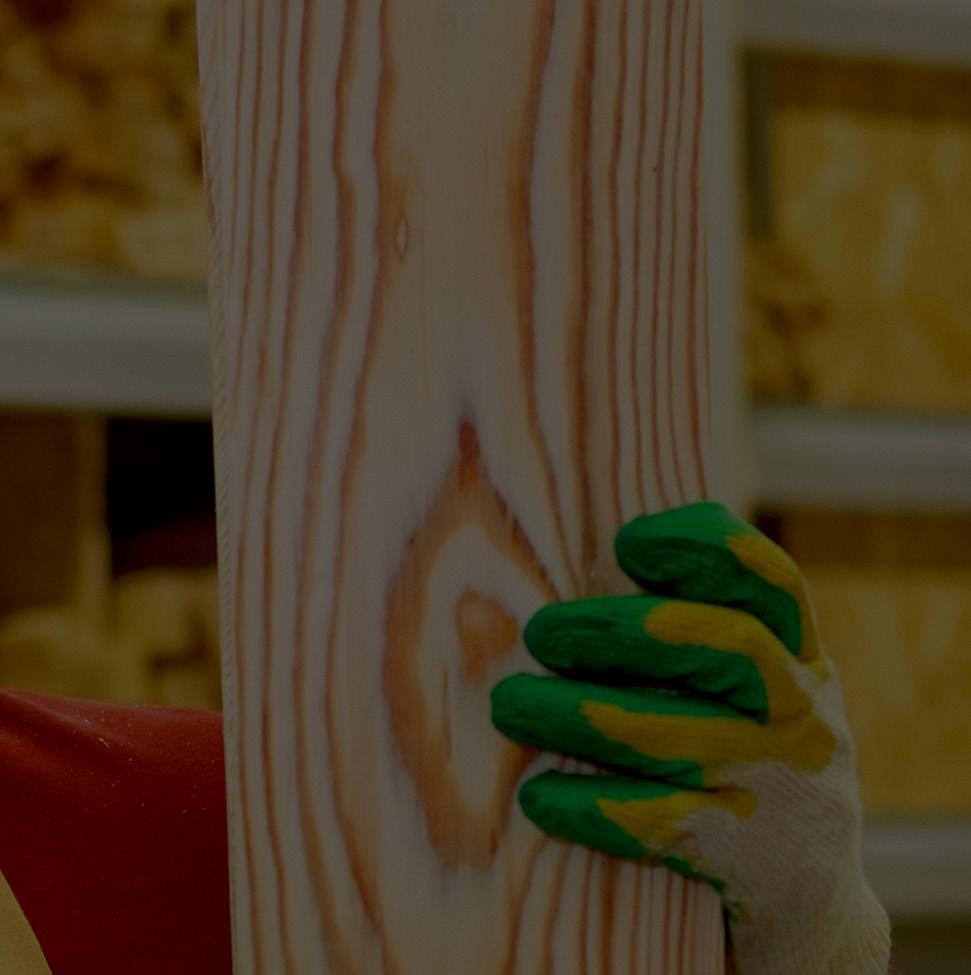

A second e-newsletter will be sent the following Thursday to engage contacts who opened but did not click the links. You’ll then receive a statistics report for the two e-newsletters the following Monday.



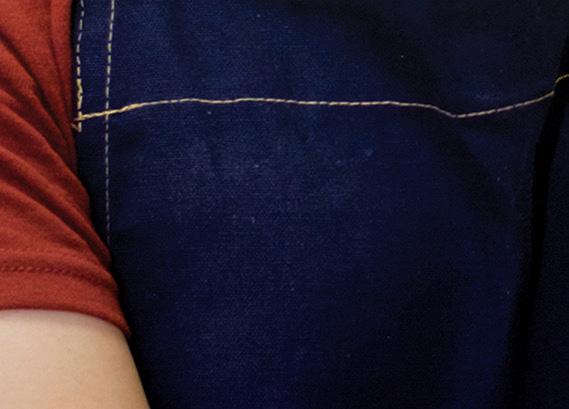

All for a set price of only £500 (+vat)
To book your slot today email terry.hanlon@timbermedia.co.uk


